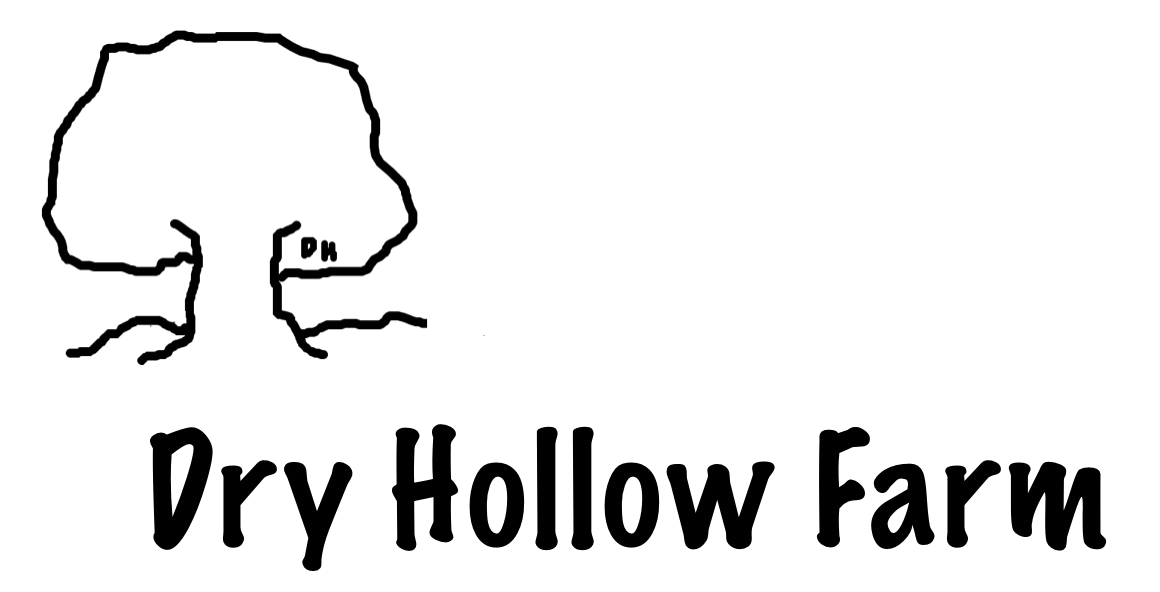Never a Dull Breeding Moment
For most of our goat herd, breeding season begins in late August and will continue through December. For sheep and goats, shorter days in late summer, fall, and early winter trigger frequent receptivity in our females which in turn encourages males to go into “rut.”
If you spend time walking around our farm and hanging out with the crew, signs of successful breeding cannot be missed:
First, a distinctive smell permeates the air around an intact male. Throughout our first few breeding seasons, we often commented on the “bad” odor of a buck in rut. However, now we rarely notice unless a farm visitor comments on it. Why? Defining an odor as “good” or “bad” is mostly a culturally-learned distinction. For us, the smell of our buck in rut means that he is doing his job servicing our does. It’s as much a smell of autumn for us as falling leaves and bonfire smoke.
(As an aside - goat milk soap of any variety will remove the scent of a buck in rut from your skin if you happen to handle him during this time period!)
Second, our males make very distinctive sounds as they chase the does in their assigned pastures. These vocalizations sound almost human to the point that we actually go and check the barn or pasture to be certain no people are milling about within. The chuffing, snorting, and gurgling are all designed to attract the doe for breeding.
Third, the male is not being cruel or unkind to the female. One fall we posted a video on social media of our buck warming up one of our does. He chased her, pushed against her neck and side, hollered in her ear, and nipped at her. Several viewers commented on “how mean” the buck was behaving (see previous posts on the dangers of anthropomorphism). Let’s hope they never watch cats or a rooster and chicken mating!
Fourth (and note, we will not be posting pics or videos of any of the following behaviors…), the buck is also ready for breeding when he extends his maleness and urinates on his beard. This is one of the primary causes of that obvious beloved male rut odor as he then rubs that beard along the side and head of the intended doe to prepare her for breeding.
Fifth, the doe also demonstrates her readiness in a couple of ways. She will rub against the buck, and (caution reading this if you have a weak stomach) will step in front of him, squat slightly, and release a stream of urine directly in front of his nose. He will then lap some of it into his mouth and beard. This signals to the buck that she is ready to stand still long enough for breeding.
If you watch closely, you can see signs that breeding has occurred (and hope that a successful sperm-egg implant follows). The buck will mount the doe for a mere one or two seconds. If the interaction is successful and the doe is receptive, she will stand still and slightly arch her back once he dismounts to help ensure the semen travels in the right direction.
If a doe is not receptive, she will never stand still long enough for the buck to mount her. This could mean she is already bred or her hormones are not receptive at that time. If the buck remains in pasture with the doe, he will eventually give up.
How many does can one buck service? At two years of age, he will breed as many as 25 does and at three years and older, 40 does. These numbers assume good health and trimmed hooves for the breeding buck.
Remember that when breeding season begins, the buck is focused on one thing only. He may lose weight from reduced food consumption, jump fences, and lose sleep from all-night hollering sessions as he obsesses on continuing his line. This is the life of a breeding buck! However, we have also found our bucks and rams to be excellent caregivers in the off-season, often taking on the role of babysitter for a passel of kids who love swarming around them while their mamas stock up on nourishment.
Dr. Kathryn Bush owns and operates Dry Hollow Farm, a working goat and sheep farm in Huntingdon, Tennessee. Together with her husband, Russell, she creates skincare products from their fresh goat milk, grows organic herbs, welcomes visitors to their two cabins on the farm (available for stays through Airbnb), keeps the farm’s on-site soap shop stocked with their handcrafted products, and enjoys working the farm in company with their Great Pyrenees dogs (who work hard guarding the animals). Check out their natural products featuring farm-grown ingredients here, and sign up for the Dry Hollow Farm newsletter to stay in touch and be the first to hear about farm news, events, and new products.

